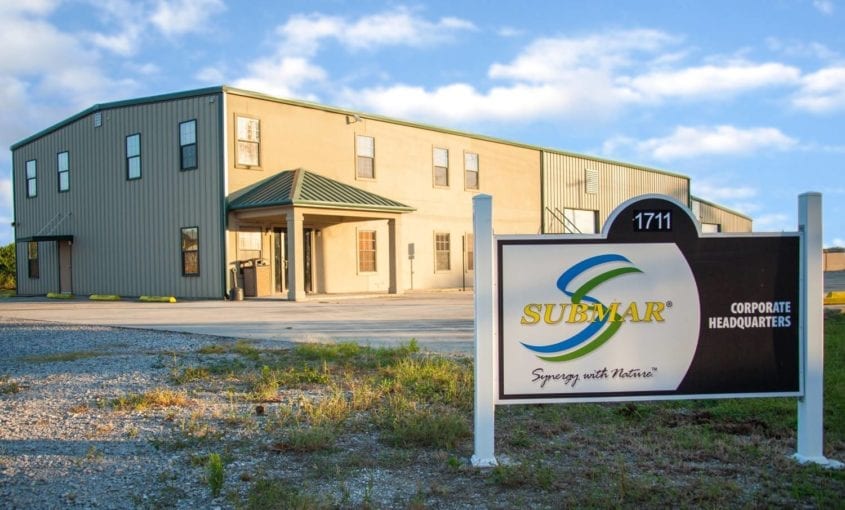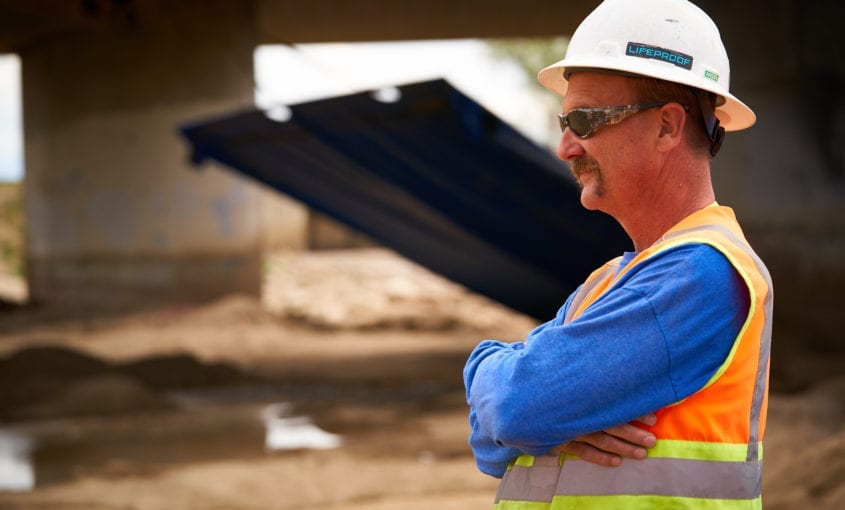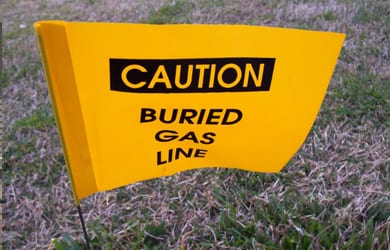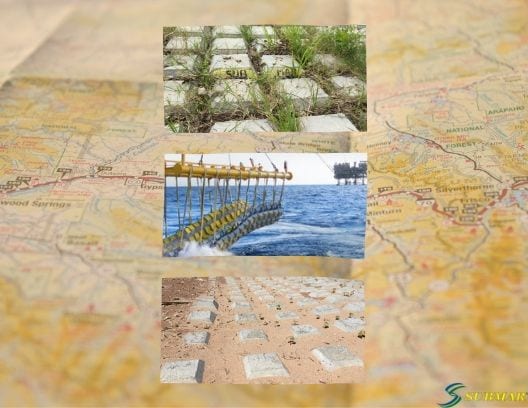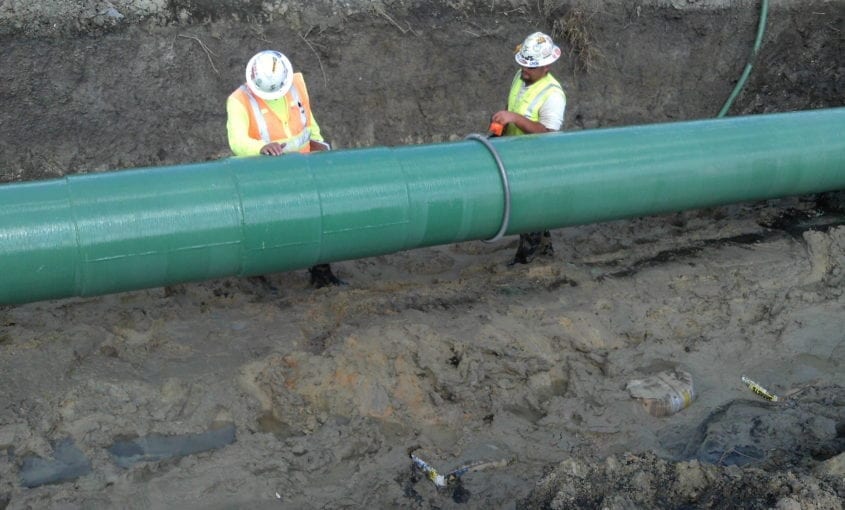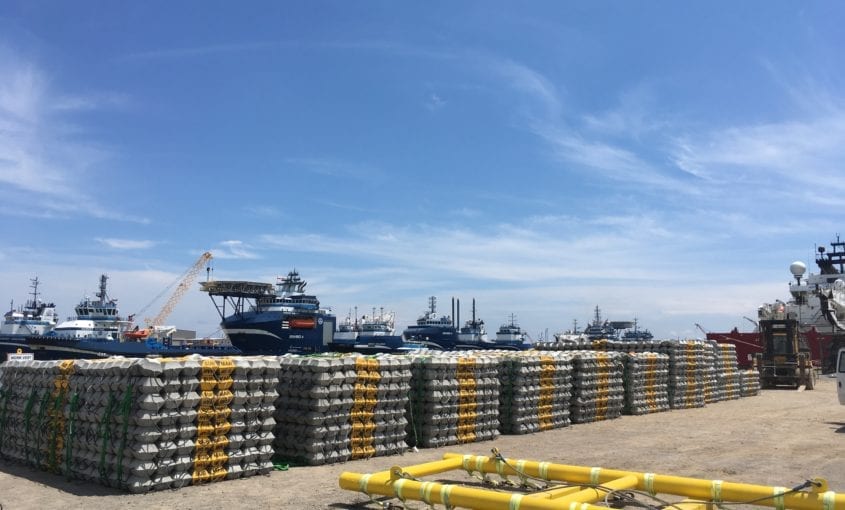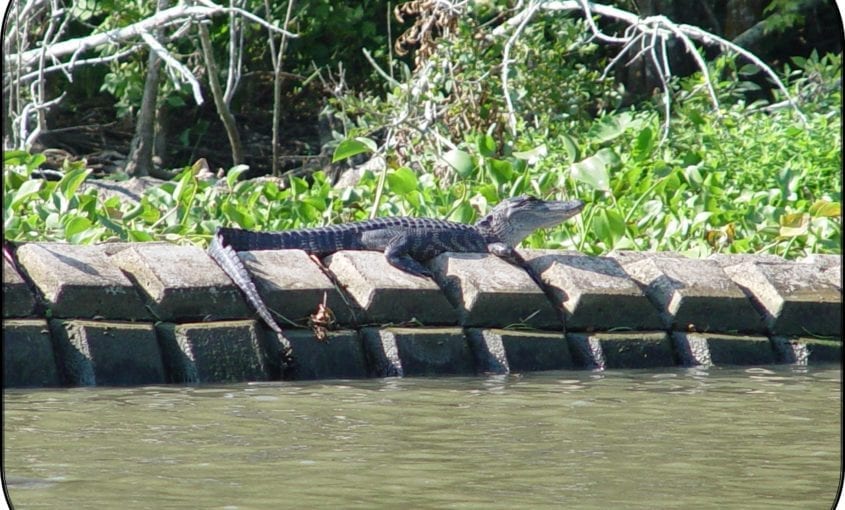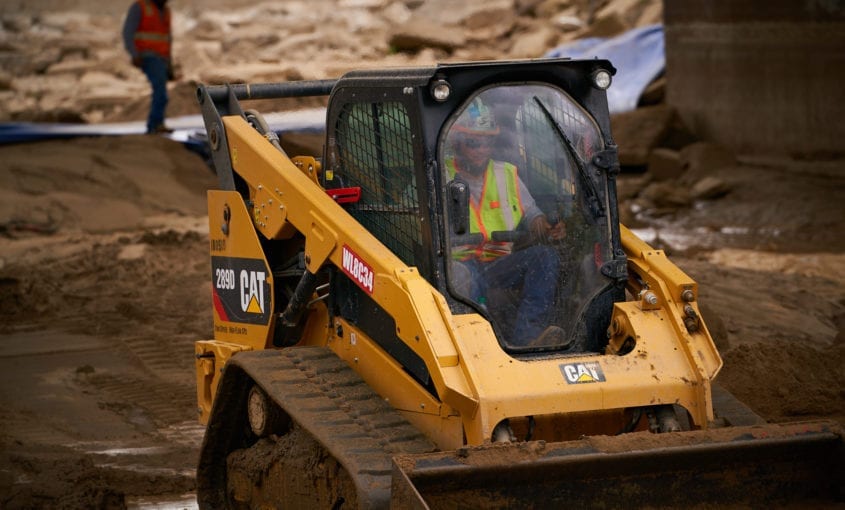A Look at Submar’s Services: Keeping Your Pipeline Safe and Operational
While environmental and contracting companies each offer a fractional service, when it comes to pipeline erosion control and streambank stabilization for the oil and natural gas pipeline industry, Submar does it all. Here are 6 ways we can help your project: Topographical Surveying and Mapping Submar can provide topographical surveying services via a site assessment
Read More...

